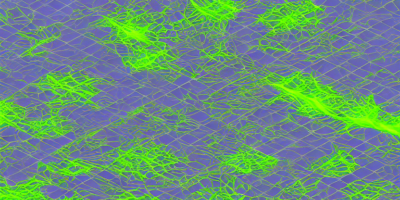In this article, we explore the use of autoencoders for deep trajectory clustering in the context of fishing vessels. The authors aim to develop a framework that can group fishing vessels based on their similarities in individual behavior and spatial patterns. To achieve this, they employ an encoder-decoder architecture with added covariates to handle data with multiple features.
Methodology
The proposed method consists of two stages: (1) data preprocessing, and (2) clustering. In the first stage, the authors transform each fishing vessel’s trajectory into a fixed-length vector using an encoder network. They then duplicate the covariates to match the length of the trajectory and add them to the encoded representation. Finally, they feed the resulting vector through a decoder network to reconstruct the original trajectory image.
In the second stage, the authors use the reconstruction error as a similarity measure between vessels. They quantify the representations using Kullback-Leibler divergence (KL-divergence) and cluster the vessels based on their similarities. To validate their approach, the authors apply the clustering method to real fishing vessel trajectory data and analyze the resulting clusters.
Results
The authors report several interesting findings from their analysis of the fishing vessel trajectories. Firstly, they observe that groups of vessels exhibiting shorter trajectories have lower gross values per trip, indicating a cost/revenue trade-off strategy. Secondly, these groups have lower overall effort (cost) per trip, suggesting more efficient utilization of resources.
Conclusion
In conclusion, this article demonstrates the potential of autoencoders for deep trajectory clustering in fishing vessel data. By leveraging the encoder-decoder architecture with added covariates, the authors can group vessels based on their similarities in individual behavior and spatial patterns. The findings from their analysis highlight the importance of considering cost/revenue trade-offs and resource utilization in fishing vessel operations. Overall, this research contributes to the growing body of work on developing machine learning models for fisheries management.



